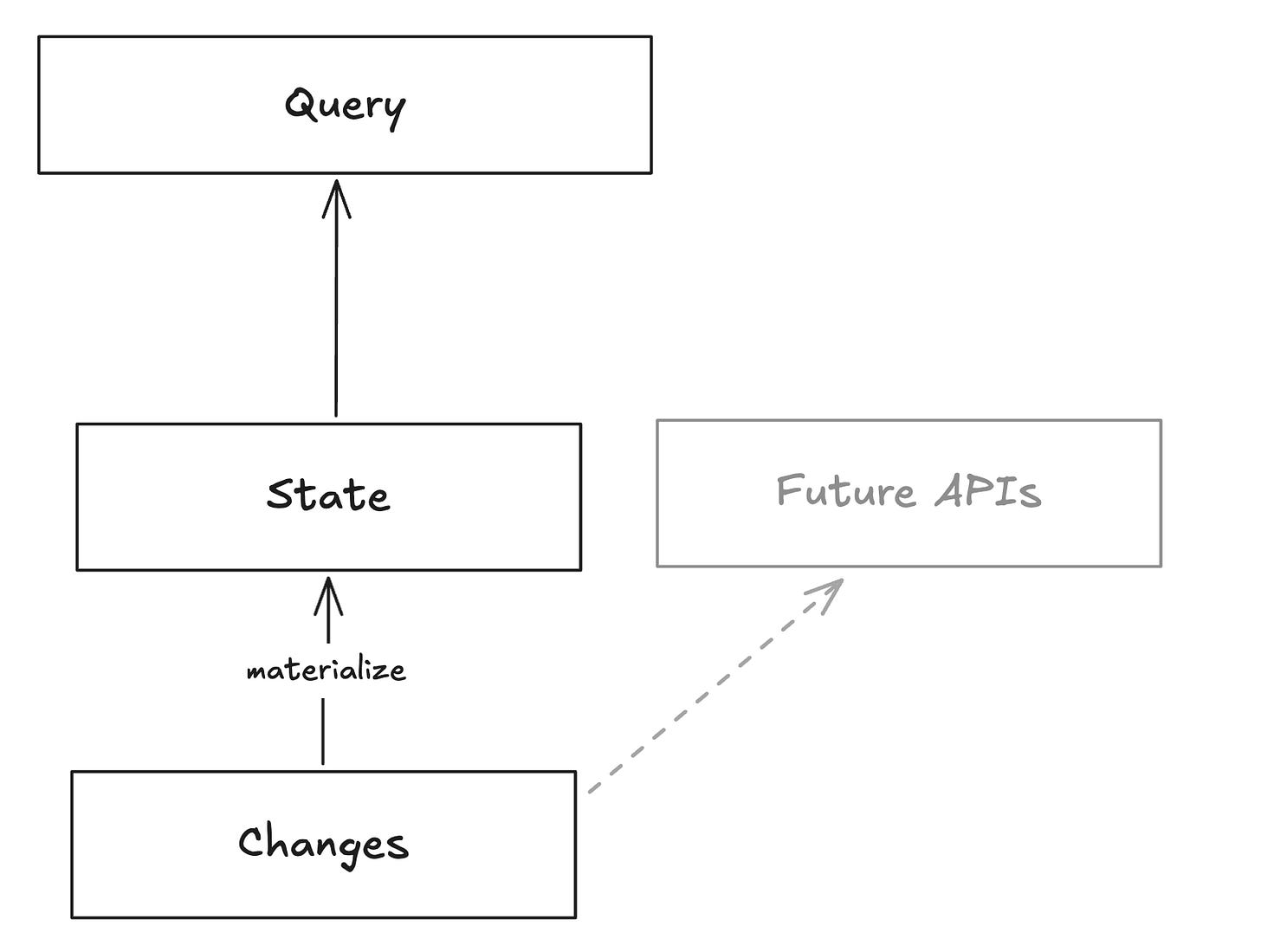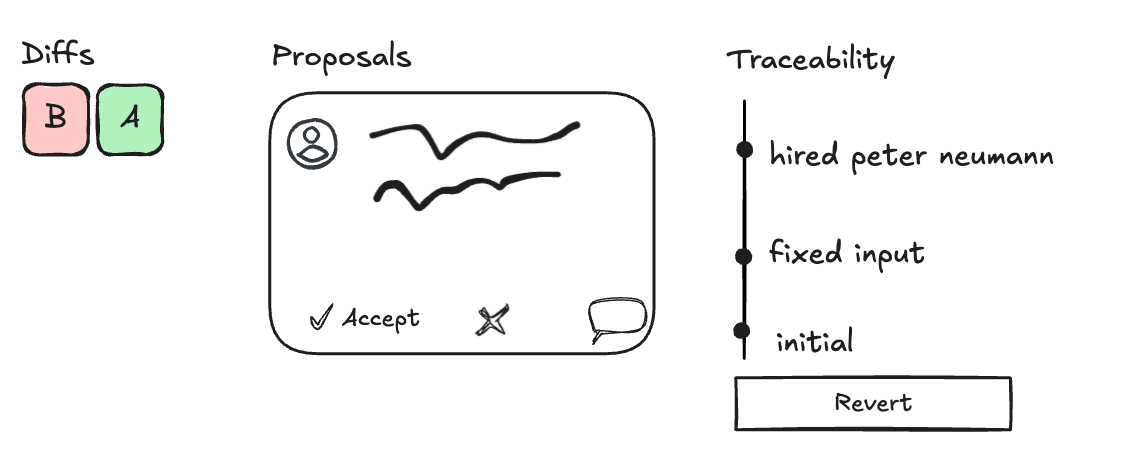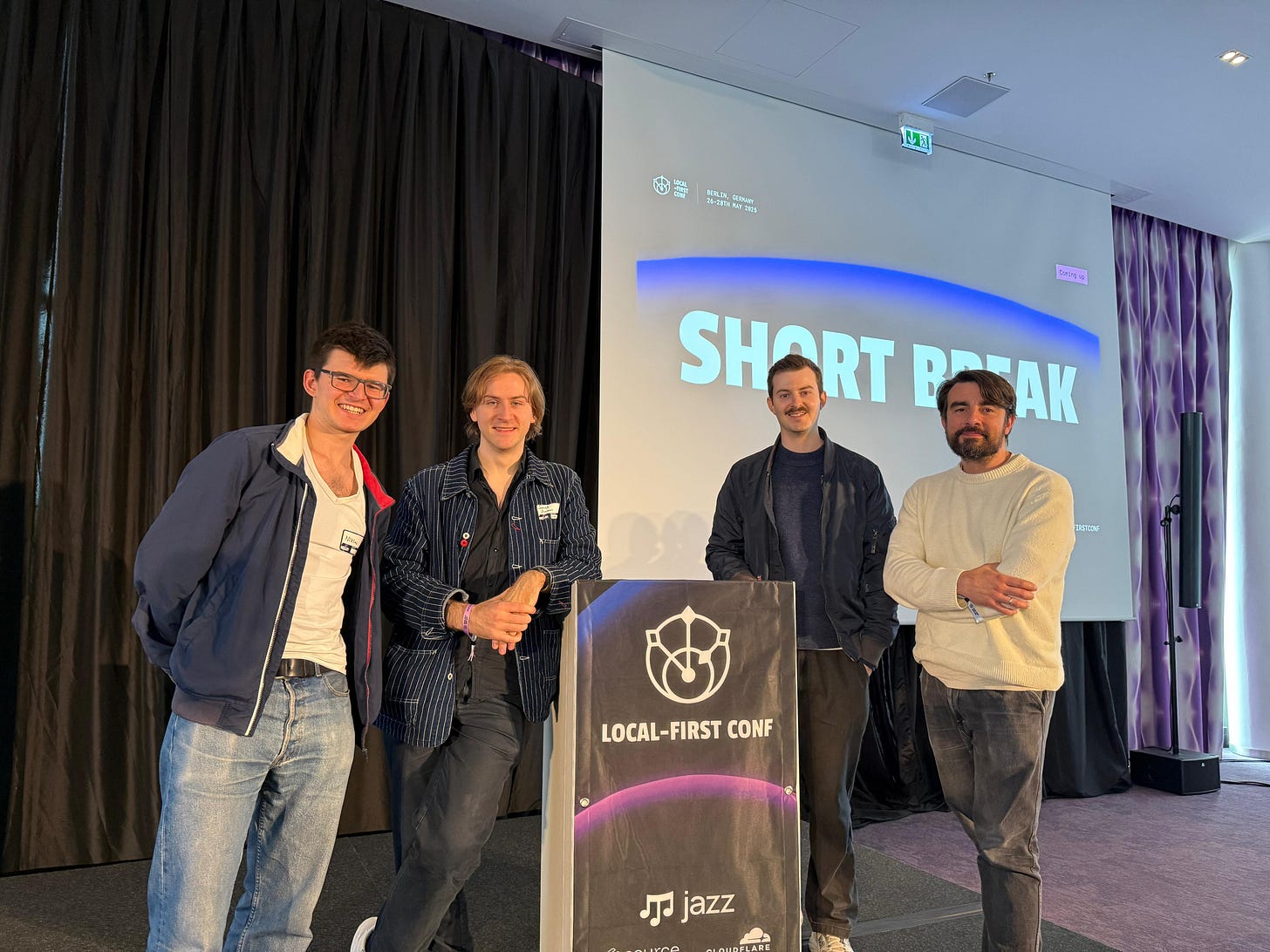TL;DR
Controllable AI agents require change control
Positioning lix as an SDK to embed change control is pulling
We are completing lix v0.5 this month
We are suddenly finding ourselves as a core infrastructure provider for the hottest topic in software: AI agents.
And while we are still in goddamn R&D phase, there is a bright light at the end of the tunnel.
Starting this month, we will slowly be able to shift focus from R&D to developer advocacy and marketing.
Controllable AI agents require change control
Timing for us couldn’t be better. We are close to release, and wuuuum, everyone wants to build AI features into their app, but nobody can offer a Cursor-like experience without change control.
Using AI agents has a high desire to see the agent's changes, the ability to accept/reject changes, and the certainty that a rollback is always possible.
While software engineering has git, applications and industries outside of software engineering have no change control system, but they want AI agents too!
Positioning lix as an SDK to embed change control
We are doubling down on the opportunity that AI agents present by slimming down the pitch from “a change control system [that can control any data/changes]” to “an SDK to embed change control”.
The pitch is straightforward and avoids “system” ambiguity.
The pitch is extremely hooking.
We have less to build.
The vision remains to bring software engineering interoperability and workflows to the rest of the world [read this vision paper].
The slow marathon to get out of R&D
Building lix is hard. The February 2025 update set the goal for March to iterate quickly on the positioning of lix and release a new public preview.
We started sales conversations and instantly succeeded. But, it became clear that lix was still not ready, and without lix being stable, neither is the public preview.
We re-architected lix once again. This time, by leveraging the inside we had for a long time: Everything is derivable from changes. The state itself is derivable from changes, too. And, if we architect lix to derive its own state from changes, then we can modify the state however we’d like. The source of truth never has a breaking change.
You can read more about the new architecture in issue 303 https://github.com/opral/lix-sdk/issues/303.

Motivation
I want to read through our monthly updates one day and also read about the pain(s).
While we are progressing, and team morale is high after meeting in Berlin, the past months have been tough. The recurring problem of not getting out of the R&D phase is a motivation killer. We have a unique team constellation of product builders and infrastructure engineers. As long as the infrastructure doesn’t work, the product builders are hanging loose and can’t progress. That’s a difficult situation for everyone. Extreme pressure on the infrastructure to release as fast as possible, while the product building team is “waiting in the void”.
We had a similar situation at the end of 2024, when team motivation was at rock bottom. While nobody quit or got laid off this time, people clearly articulated their dissatisfaction with the current situation. The situation got diffused when we all met in Berlin, agreeing that lix v0.5 is close, the signal we received from the positioning is excellent, and we merely have to get dev rel started.
Point being: Building new products and startups is hard. The past months have been a challenging phase. That said, we are all looking forward to the release of lix v0.5 and finally getting docs out and lix in the hands of developers.






